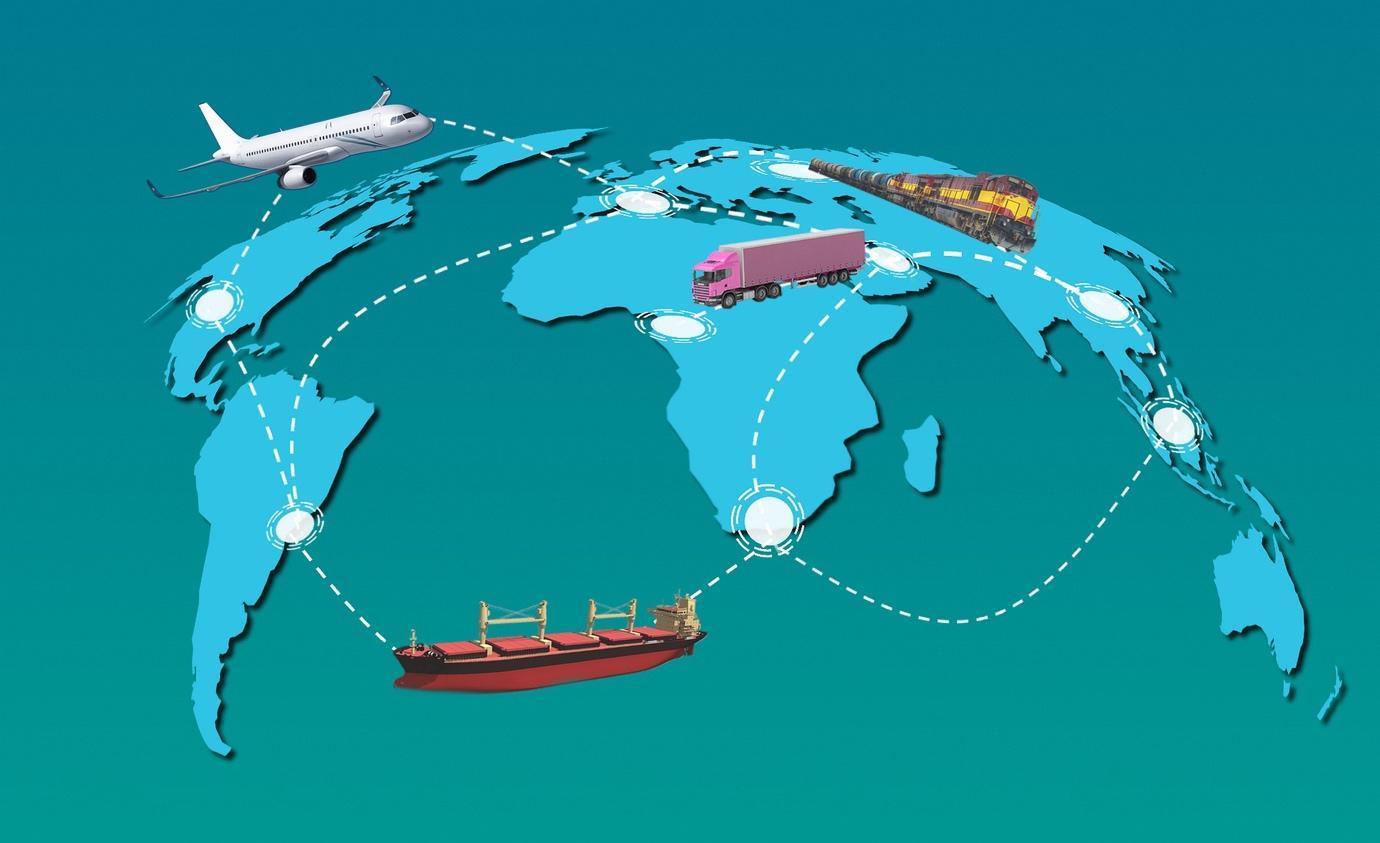Even before the pandemic hit the world, the pharma industry thrived due to its enhanced distribution capabilities. Pharma distribution companies have evolved significantly over the past few decades, and the best part is that it continues to do so even today.
Changes are happening in this thriving industry almost daily, making them stronger and more competitive. The supply chain of the pharma industry inspired the business world through its competent understanding of world demands during the pandemic.
Leaders in the pharmaceutical supply chain take cutting-edge operations and procurement management methods while keeping an eye on increasing market rivalry and new international trade regulations.
Pharma supply chain experts today have numerous tools at their disposal. Big Data, Digital Technology, and Analytics play a huge role in operations optimization.
Top Pharma Supply Chain Trends
Here are some interesting pharma supply chain trends to look out for:
#1. On-Demand Delivery
As more online home care providers provide on-demand distribution services, the demand for healthcare on-demand is rising rapidly in tandem with technological advancement. Many pharmaceutical courier companies constantly offer delivery solutions such as biological sample shipment, logistics, and drug product shipping.
Due to its improved accessibility and practical treatment options, receiving healthcare services at home became more common throughout the pandemic and is growing. As per a report, customers see telehealth as a crucial medium for future medical requirements.
#2. Packaging Automation
The automation of the entire packing process is a smart manufacturing concept. The devices of packaging automation should be capable of processing large amounts of data quickly and easily while also providing real-time diagnostic and monitoring information.
However, the ability to adopt multiple technologies—including cloud-based systems, AI, ML, big data structures, and robotics—depends on the scale of the organization.
Mistakes in product labeling may be decreased by improving the packing process, eventually lowering dangers to consumers. Additionally, automation in the pharmaceutical process is economical, saves time and money, eliminates risks, and increases productivity through operational flexibility.
#3. Data Traceability
Although the need for data in the pharmaceutical sector is nothing new, firms have recently used big data and artificial intelligence to increase speed and efficiency. Data helps professionals make wiser judgments, so patients receive their medications on time. From 2021 to 2026, it is anticipated that the pharmaceutical traceability market share will rise by USD 9.37 billion.
Pharmacists may improve their forecasting models based on customer reactions thanks to hospital data on how frequently doctors suggest particular medicines. Instead of using historical data, it can be based on modifying or modernizing the medication’s formula.
To save costs, enhance predictions, and prioritize patient health, pharmaceutical producers may benefit from data scientists’ added value along the journey.
#4. Better Control over Supplier Risks
In the pharmaceutical supply chain, some dangers are nearly difficult to eliminate. As manufacturing technology and artificial intelligence improve, business owners must take precautions for better risk management to deal with disruption.
Final Thoughts
With today’s improved technology and higher demand, the pharmaceutical business is undoubtedly stepping up its pace of innovation to keep up with the need for high-quality medical treatment. The healthcare sector is now one of the biggest consumers of recent IT innovations.
The Editorial Team at Healthcare Business Today is made up of skilled healthcare writers and experts, led by our managing editor, Daniel Casciato, who has over 25 years of experience in healthcare writing. Since 1998, we have produced compelling and informative content for numerous publications, establishing ourselves as a trusted resource for health and wellness information. We offer readers access to fresh health, medicine, science, and technology developments and the latest in patient news, emphasizing how these developments affect our lives.








